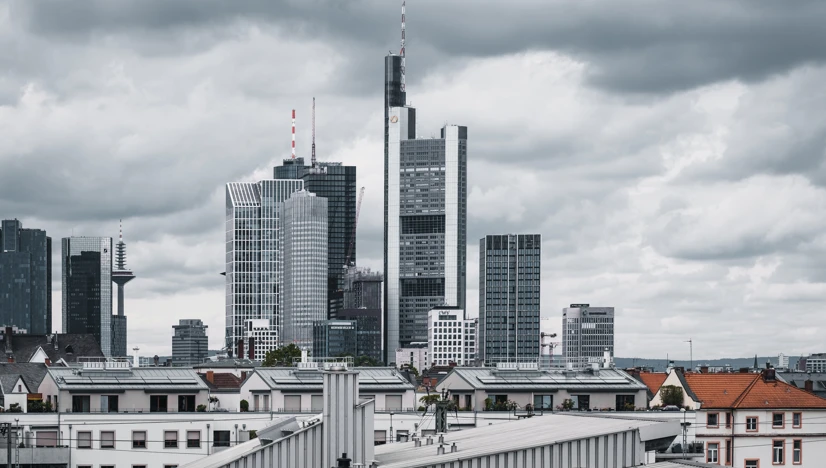✕
Bank capital – what is it and how is it regulated?
Finance Watch
,
2016
Level: beginner
Photo by Paul Fiedler on Unsplash
This multimedia dossier is part of the series „Understanding Finance“ by Finance Watch.
It explores the following questions: What is bank capital and how is it regulated? Why do banks some prefer to work with less capital? It further presents controversies on the size of bank capital in the aftermath of the financial crisis and on how bank capital affects economic activity.
We use cookies on our website. Click on Accept to help us to make Exploring Economics constantly better!

